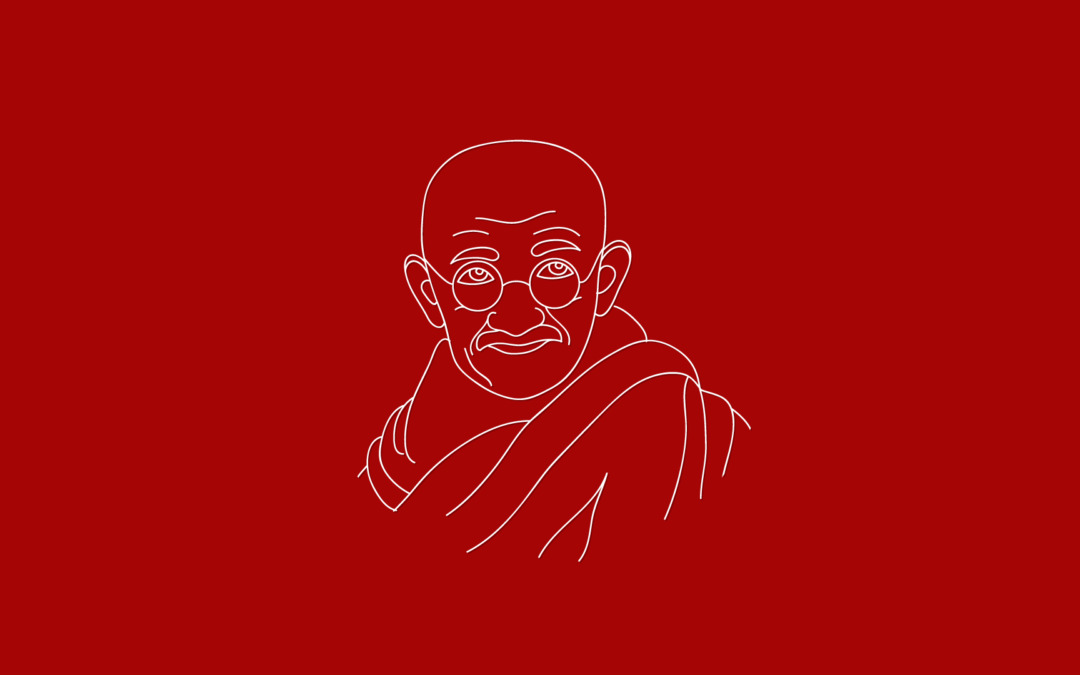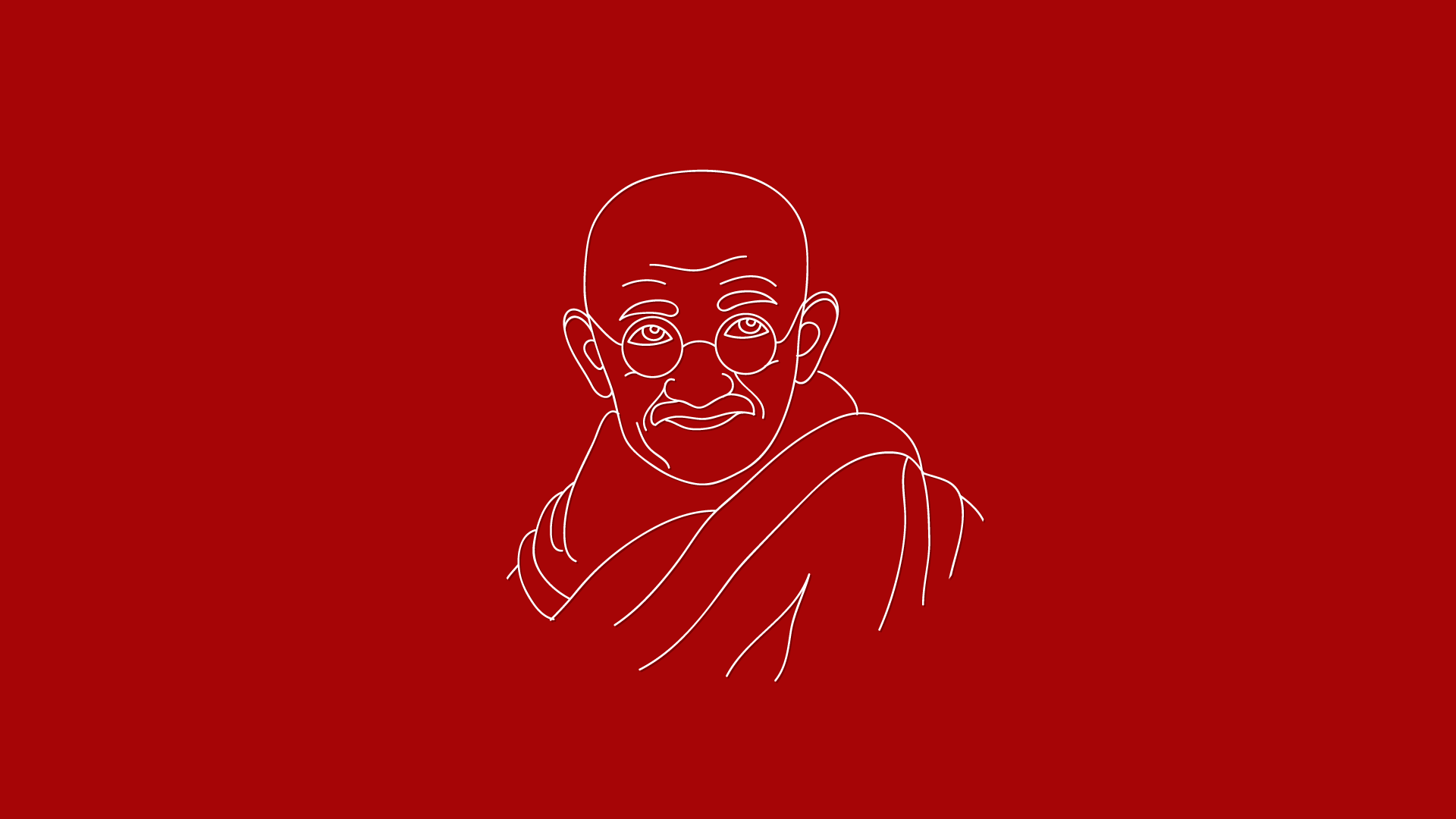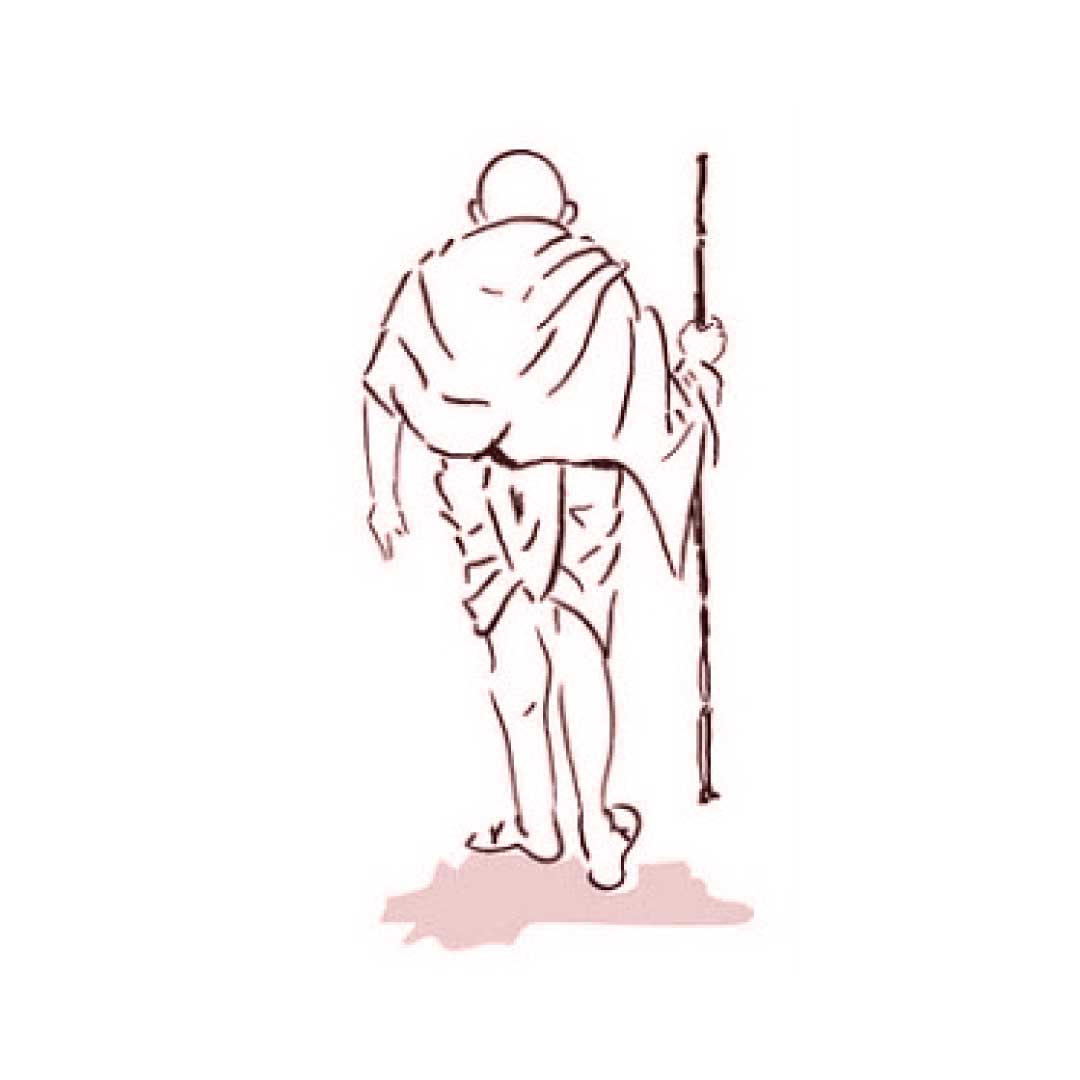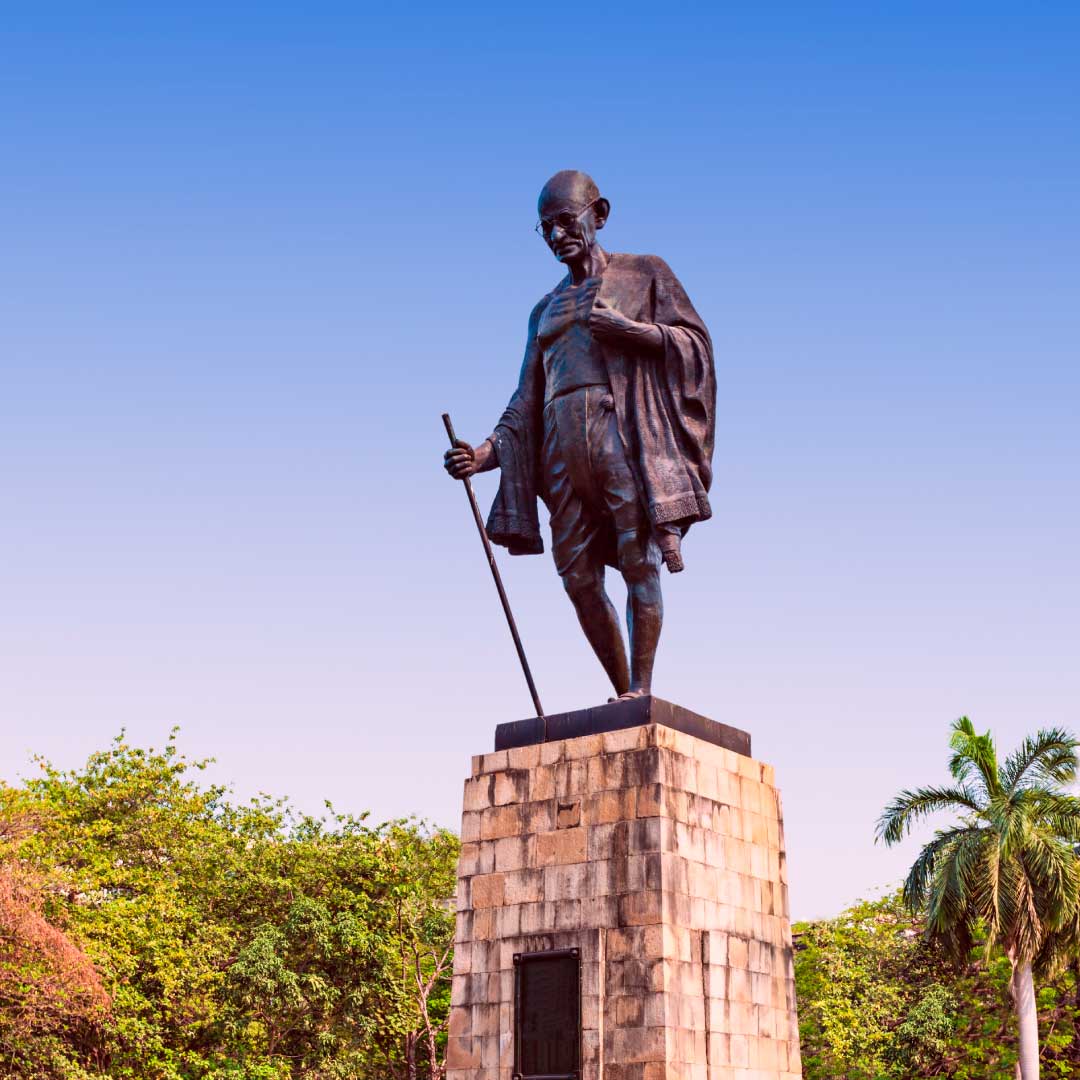
Creating Lasting Impressions

Lasting Impressions:
Have you heard of the Von Restorff effect?
The Von Restorff effect also called the ‘isolation effect’, states that an item that “stands out like a sore thumb” is more likely to be remembered than others. In other words, we remember people, places and things that are outstandingly different.
Named after Hedwig von Restorff, a bias in favour of remembering the unusual.
For instance, the most famous structure in Italy is the Leaning Tower of Pisa, known worldwide for its unintended tilt to one side. An inadequate foundation on the ground which was too soft on one side to support the weight of the structure caused the tilt. Just imagine, it’s remembered because it’s built badly!
Imagine shopping in your neighborhood superstore, 2000 brands are trying to get your attention, so how will you buy the 20 that you need, and not end up with a lot more? To be easily remembered, or to stay on top of one’s mind, a lasting impression helps. With products it is called branding; the same rule applies to people as well. People, like brands, need to be distinct, and that is where ‘Personal Branding’ comes into play.
Successful brands stand for something, Tally for accounts, XEROX for photocopying and Bisleri for mineral water. Likewise, for people to be considered a brand, it is essential to have a point of view, some people will be against you, but there will be someone supporting your point of view. The adage “Those who stand for nothing will fall for anything” says it well.
Let’s talk about leaders; we can never imagine Mahatma Gandhi in a suit, Usha Uthap without her gorgeous silk sarees and large bindi or Dr. Kiran Bedi with long hair!
Each one of them communicates a message or a principle. Gandhi stood for ‘non-violence.’ Read more about Gandhi here: Gandhi – The Master PR Practitioner.
Popular Indian director Farhan Akhtar described Usha Uthup as ‘A Rockstar in a sari’, she stands out as a pop and Indipop singer with her unique traditionally draped sari, fresh flowers in her hair & a bold, big bindi. She is an ambassador for traditional Indian values.
Dr. Kiran Bedi for her no-nonsense attitude and for bringing in a positive relationship between police and people.
Brands get built over long periods of time; it takes conscious and consistent effort. To begin with, one can focus on identifying which aspects of
- His or her traits to showcase, and then go about being uniquely showcased.
- A couple of aspects to keep in mind to be established as a brand:
- Be Knowledgeable – Be a Subject Matter Expert
- Have a Personality – Be well dressed and carry yourself with panache
- Seek Publicity – Speak in industry forums, write about the subject and become a guide to your industry.
Building a brand “YOU” takes perseverance!






